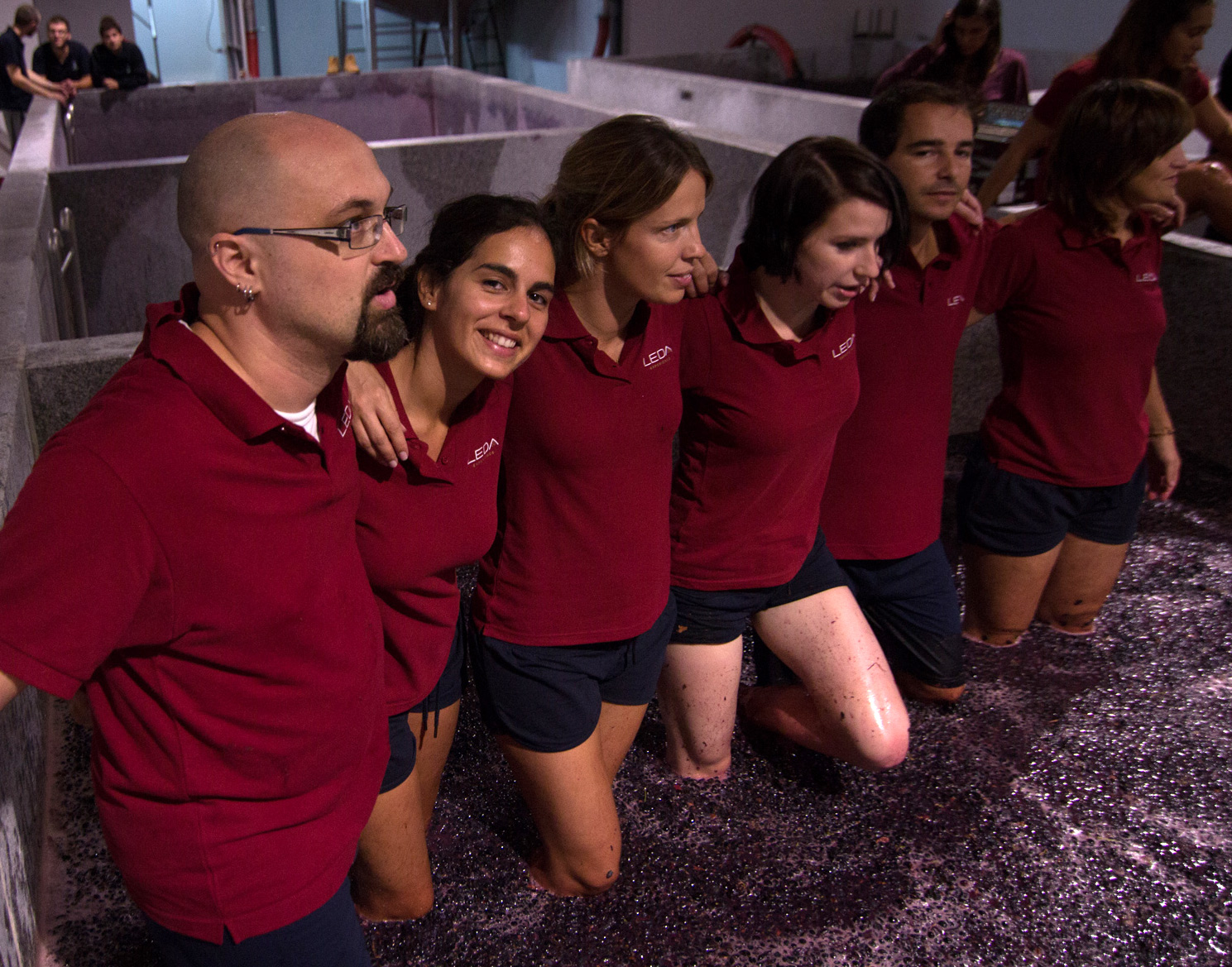

Although much of the damage had been done, producers were able to prevent further outbreaks with “bouillie bordelaise”.
Cooking port wine series#
Madeira wine thrived until the mid-19th century when it began to face what would have felt like an unrelenting series of hardships.įirstly, vines were struck by powdery mildew, a well-known fungal disease even today. When the Declaration of Independence was signed less than a decade later, it was toasted by the signatories with a glass of Madeira. In 1768, the British seized John Hancock’s trading vessel Liberty over import duties for the 25 pipas of Madeira wine that it carried, which resulted in rioting in Boston. Interestingly, Madeira wine also had a role! As the American colonies didn’t yet have a wine industry, it greatly depended on imports and Madeira was by far the most popular. In our guide to rum’s history, we talk about how molasses import duties played a part in the events that led up to the American Revolution. You can learn more with our guide on how Madeira is made.

Today, an “estufagem” refers to a more modern process and the older technique now goes by another name. At first, they were left outdoors but producers started making “estufas”, which were essentially greenhouse-style rooms with large windows. Therefore, they began heating the wine to simulate the process on the island by leaving barrels under the sun. However, the practice of shipping the wine out and back proved too expensive compared to the wine’s increased value. Since importers in colder climates didn’t benefit from this process, Madeira producers set to making “vinho da roda” where the wine was intentionally sent on long return voyages.

Indeed, they soon realised that the hot cargo holds during extended sea voyages in warm climates contributed to the ageing process. Shipments occasionally returned to the island after long round trips and wine producers started to notice that it often improved in flavour. Trading vessels would then stop at the island specifically for its wine and would order greater quantities, which launched a new era for Madeira. Therefore, its wine became the island’s chief export. Portugal had transferred much of its sugar production to its Latin American and Caribbean colonies by the 18th century. Similarly, the Dutch East India Company was a regular client and it would often order quantities of 470-litre (103 imperial gallons) butts or “pipas” for its trips to India. Madeira soon directly competed with cognac, sherry, and port and it became particularly successful in the United Kingdom, Northern Europe, and even Russia! Since Madeira was a Portuguese territory, merchants benefited from lucrative import tax rates in Great Britain thanks to the 1703 Methuen Treaty.įurthermore, it often travelled as far as the Americas and was often sold in North Africa. Trade ships would purchase it to both sustain the crew as well as trade it at their destinations. This new technique significantly increased the demand for Madeira wine as it could now be transported without spoiling. However, rather than use grape spirit to stabilise the wine as was the case of port and as is customary for Madeira today, it was initially fortified with locally-made sugar cane spirit. Soon after English merchants discovered fortified port wine in Lamego, Madeiran producers followed suit. Therefore, it was usually consumed locally by residents and visiting sailors as it would quickly spoil when shipped. Initially, Madeira’s wine was unfortified. Thanks to its geographical location, ships could easily stop for supplies when travelling to and from both India and the West Indies.

Madeira soon grew into a major stopping location and trading hub. Madeira Wine’s Early HistoryĪlthough vines were also planted on the island when it was first settled, its wine industry wasn’t well-established until the 16th century. It soon became instrumental for sugar production and its output had overtaken that of Cyprus by 1490. Portuguese colonisation of the uninhabited island began between 14. However, they soon discovered a larger nearby island when they saw black clouds suspended over it in the distance. Although there has been both speculation and evidence that it was visited by the Romans and Vikings, Madeira was officially discovered in 1419 during the Age of Exploration.Ī Portuguese expedition travelled to the area to claim an island after two captains had used it for shelter in a storm the previous year.


 0 kommentar(er)
0 kommentar(er)
